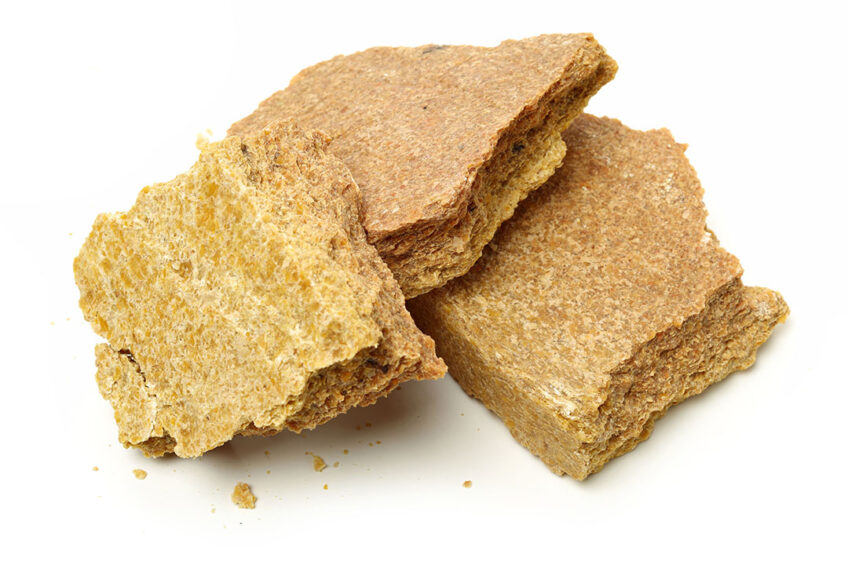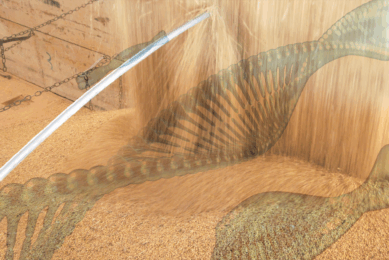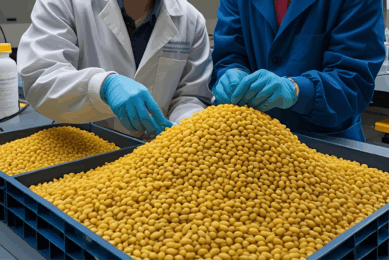Soybean meal shortage drives Iranian feed mills out of business

At least 20 feed mills have curtailed operation in the Golestan province alone over the past few months, and more are likely to follow, owing primarily to a sharp shortage of soybean meal, Reza Iftikharuddin, a member of the board of Iranian poultry feed factories, told local news outlet Tahli Bazaar.
During the first 3 months of the current Iranian year, which started on March 21, 2023, Iran saw a 78% drop in soybean imports, compared to the same period the previous year, according to the Iranian customs service.
The situation in the soybean market is critical as not even a single kilogram of it can be found in the market
Soymeal orders not delivered
Nasser Nabipour, the head of the laying chicken union of Tehran province, disclosed that wholesalers were no longer delivering soybean meal, that had been ordered, to poultry farmers and feed mills, blaming the lack of foreign currency for the shortage.
“The situation in the soybean market is critical as not even a single kilogram of it can be found in the market,” Seyed Ahmed Moghdisi, the chairman of the cattle farmers association, told the local press. He explained that the government is failing to provide foreign exchange currency to the importers in necessary quantities, so they can’t make purchases.
Mafia interference blamed for situation
Under a government procurement system, the price of soybean meal is set at 16,500 tomans ($0.32) per kg. In the open market, the price reaches 26,000 tomans ($0.5).
Iftikharuddin lambasted the Iranian government officials in charge of the policy on the feed and poultry market. He claimed: “We have no doubt that the mafia is behind the pressure the producers are currently experiencing. Some people are trying to destroy the [poultry and feed] industries in the country, so when it is done, they could easily import chicken.”
Iftikharuddin added that given the absence of soybean meal within the state procurement system, feed mills must buy it on the open market at insanely high prices.
Price hinders consumption
Expensive feedstuff is cited as one of the key reasons why retail poultry price in Iran now reaches 100,000 tomans ($2) per kg, which is 70% higher than in neighbouring Turkey, according to local news outlet Eghtesad Online.
Iftikharuddin said that on top of the current problems, Iranian poultry and feed industries suffer from oversupply. He estimated that the established capacities allow Iran to produce 3.5 million tons of chicken per year, while the actual demand stands at 2.7 million tons.
Iran experienced a 20-30% drop in demand in the domestic poultry market at the end of 2022 following a government reform, which caused an unprecedented price hike in the broiler market.











